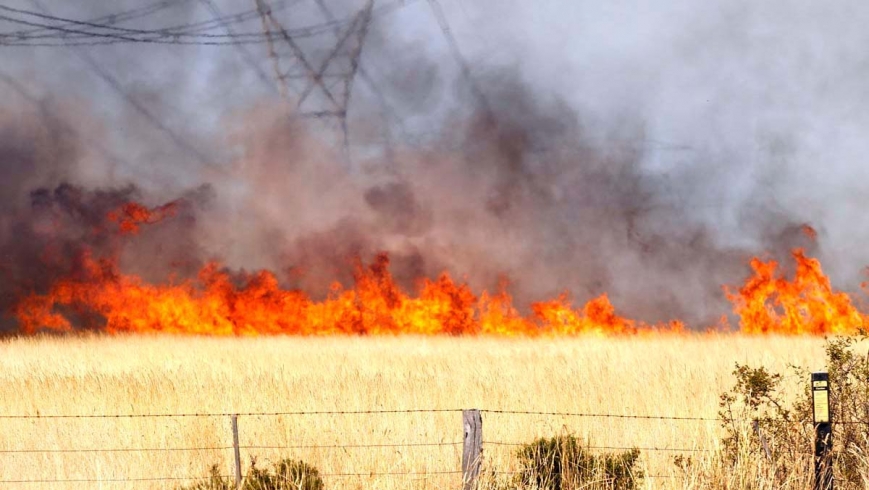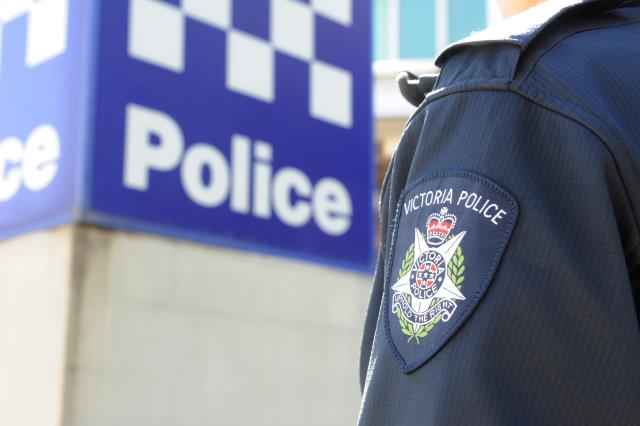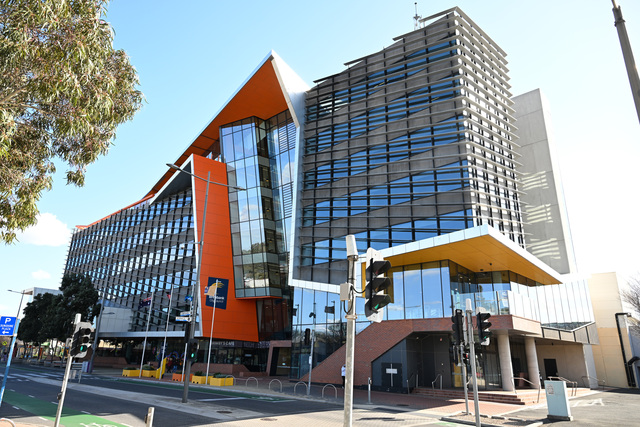LATEST: The fire threat in Melbourne’s north has eased, with many roads to fire-affected areas reopened and warnings issued to residents downgraded to an ”advice” level.
Bushfire Response Minister Kim Wells praised emergency services workers for their ”extraordinary work”, saying they had saved 5000 homes and a lot of livestock in their battle against the Mickleham/Kilmore fire.
PICTURE GALLERY: Mickleham fire
PICTURE GALLERY: Gisborne fire
While the reopening of roads has paved the way for farmers to move stock away from burnt paddocks to agistment properties or to bring in fodder, the Victorian Farmers Federation (VFF) issued an urgent plea on Thursday for more donations of fodder and help with transport.
Thousands of livestock, mainly sheep, were killed by the fire and vast numbers of paddocks have been left blackened.
Fire authorities confirmed on Thursday that the Mickleham/Kilmore fire had destroyed 13 houses, with homes lost in Wallan Heights (5), Beveridge (3), Wallan (3) and Darraweit Guim (2) west of Wallan.
Since Saturday, at least 40 houses have been destroyed, and a further 29 have been damaged.
Mr Wells said that while it had been confirmed that 13 houses had been lost in the Wallan area, ”we suspect that that number will increase. Across the state we’ve had about 40 houses lost, but that number is also expected to increase.”
While the losses were substantial, the bushfires were driven by the worst fire conditions in years, he said. ”These were the same conditions as 2009, so to be standing here today talking about the number of houses saved, and to be talking about road closures and relief centres, to me, is a very, very good result,” he said.
On Thursday afternoon 14 significant fires were still going, most of them in East Gippsland, where 15 houses have been destroyed and more than 130,000 hectares burnt.
Speaking at the Kilmore CFA, Mr Wells said it was fantastic news that warning levels had been downgraded.
”We need to thank the emergency services for the extraordinary amount of work they have done saving 5000 houses in the area and saving a lot of livestock and wildlife. At one point on Monday we had about 200 trucks and we had about 19 aircraft working in this area,” he said.
The VFF president, Peter Tuohey, said calls to the federation regarding fodder were an equal mix of requests for help and offers to donate.
”We’ve started delivering … bales,” he said. ”But we need more.”
Mr Tuohey said the fire had caused fairly significant stock losses. More than 10,000 sheep and almost 600 cattle had been killed and a further 3000 to 4000 sheep were unaccounted for.
Incident controller John Kneebone said 425 firefighters were working on the ground on Thursday. ”The fire hasn’t spread and most of the work today has been on blacking out. It’s still listed as a going fire, but we’re so close to it being called contained … I expect that by later today, we will be calling it contained,” he said.







